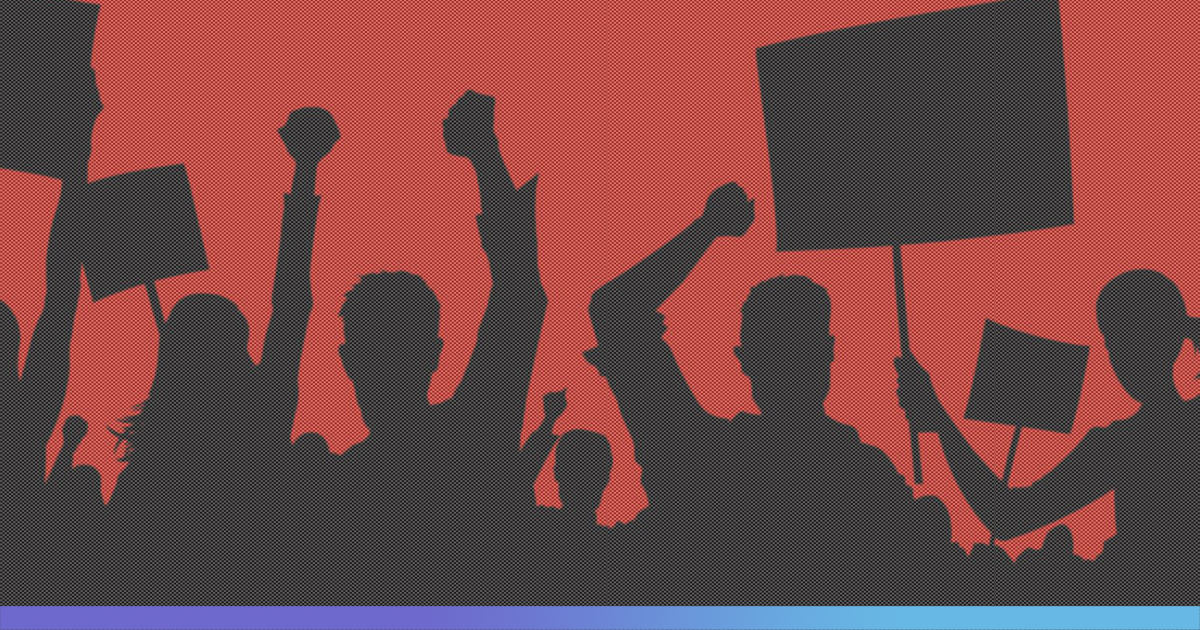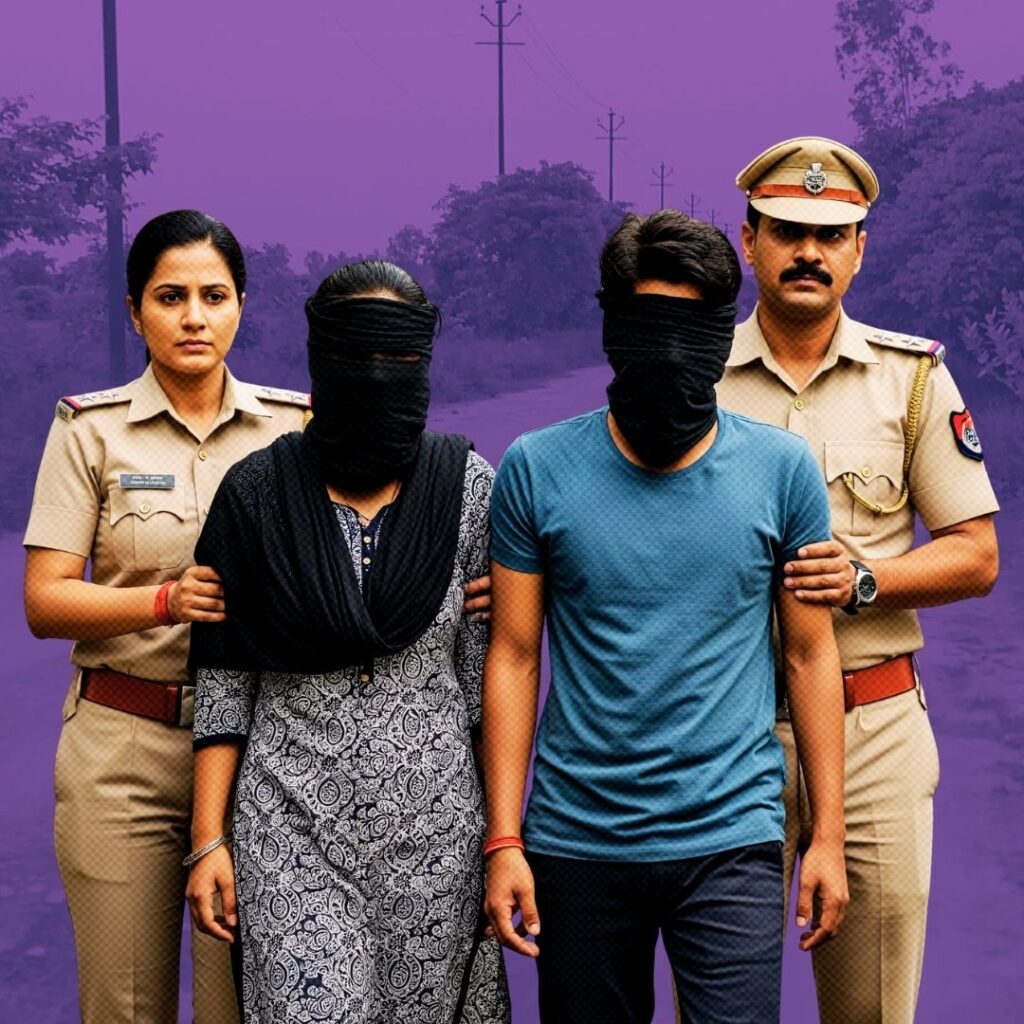How do you maintain the spirit of democracy in one of the most culturally diverse and second most populous country in the world? How do you provide 1.3 billion people, an opportunity for the proverbial self-governance?
These questions are very difficult to answer if one starts thinking about them, yet India, the world’s biggest democracy, has managed to do it for the past 71 years. And despite the many shortcomings throughout this time, India has managed to uphold her constitutional commitment to a multicultural society.
Stan Widmalm, a professor in political science from Sweden, sums it up in his article, “The challenges for India’s democracy have been numerous, and often of extraordinary magnitude. Yet India has so far defied predictions about the end of its democracy. The country has managed to muddle through by applying innovative, responsive and novel strategies that moved the country forward – without becoming some kind of hybrid state or simply an authoritarian one.”
However, the recent reports and analyses show a steep decline in India’s democratic performance since 2009 and a worrisome increase in autocratization since 2014. Beyond India, this also corresponds to a global trend of decline of democracy, as stated by Chrystie Flournoy Swiney, a Human Rights Attorney from Georgetown University, in her article for The Conversation, “Democracy experts… generally, agree that democracy is in trouble around the world. They no longer debate whether democracy is imperilled, but by how much and whether it’s reversible.”
Increasing autocratization
The Varieties of Democracy (V-Dem) project defines autocratization as, “… democratization in reverse. It denotes a decline of democratic qualities… We use autocratization and backsliding interchangeably.”
In its second Annual Democracy Report 2018, which tracks the global trends in democracy, V-Dem notes that there is an increase in the momentum of autocratization across the globe. This becomes more worrisome in light of the fact that the two biggest democracies in the world, India and the US, registered as backsliders for the first time in the V-Dem data, and that too by a significant amount.
It notes, “The most populous democracy in the world, India, is at risk. Its level of democracy has declined significantly over the last decade.”

What or who is causing this sharp decline?
While it may be difficult to pin-point a single source for the many problems that the Indian Democratic structure is facing right now, an understanding of the factors that have suffered the most and their recent trends might offer some insights.
The V-Dem Report has dedicated a special section to the analysis of India’s Democracy. It notes that, “… The disquieting trend particularly concerns freedom of speech and alternative sources of information, civil society, the rule of law, and some electoral aspects. Much of these changes have taken place after the Bharatiya Janata Party won the parliamentary elections in 2014… Described as hard-line Hindu Nationalist… the party ran on a campaign promise to revitalize India’s slumping economy. However, this pursuit has come at the expense of a reduction in the overall quality of India’s democracy.”

Only one indicator – the quality of voters’ registry – has shown improvement in the past decade. All the other indicators have shown a low to a steep decline, with most declines being observed in factors relating to Freedom of Expression, Freedom of Association (Particularly in case of civil societies), and Rule of Law (Particularly in the case of political killings and transparency of laws).
V-Dem defines Civil Societies (CSOs) as, “… the sphere that lies between the public space and the private sphere. Here, citizens organize in groups to pursue their collective interests and ideals. CSOs include, but are not limited to, interest groups, labor unions, social movements, professional associations, charities, and other non-governmental organizations.”
Freedom of Expression is defined as the extent to which the government respects press and media freedom, the freedom of ordinary people to discuss political matters at home and in the public sphere, as well as the freedom of academic and cultural expression.
Rule of Law, in case of political killings, is defined as killings by the state or its agents without due process of the law for the purpose of eliminating political opponents. They are considered to be the result of deliberate use of lethal force by the police, security forces, prison officials, or other agents of the state.
The steep decline in all the components since 2014 is evident if one looks at the individual graphs of the three categories:

It is then clear that the policies that are being promulgated by the present government are having an adverse effect on the political culture of India and degrading its democracy. As professor Widmalm pointed out in his article, the declining measures of democratic performance indicate that this corrosion is happening quickly and it is dividing the country. And indeed, the dismal performance of the 2009 government may have opened the door to this.
“It is clear, however, that the most rapid decline in India’s democracy since the Emergency is taking place under the current BJP government, working in alliance with Hindutva-oriented organizations – from actors in civil society through governance structures at the panchayat level, all the way to Raisina Hill.”
In all of this, the stability of democracy is at stake and the question remains, “What is the Indian state turning into?”
For a more in-depth analysis of India’s situation, you may access the two-part series written by Professor Widmalm.
For generating India’s democracy performance graphs you may access the “Country Graph” function in the V-Dem website.
Also Read: My Opinion: I Saw An American Waiter Serving To Indians In The US & Realised Why Trump Won











